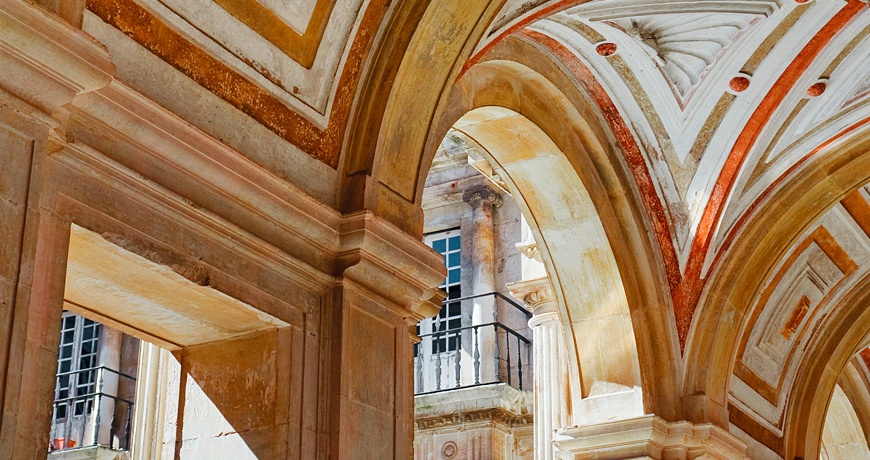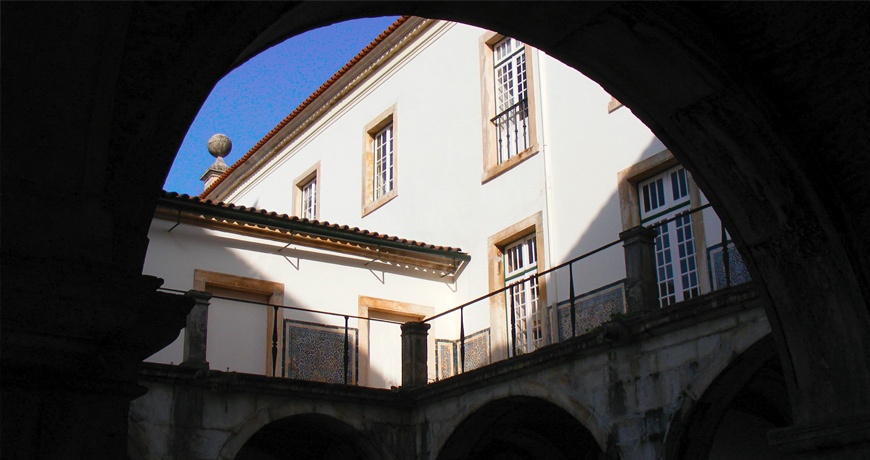Universidade de Coimbra Alta e Sofia — Candidatura a património mundial



College of S. Agostinho
With a sober architecture, the College was probably designed by the Italian architect Filippo Terzi, although his responsibility for the whole project is disputed today.





Art and Architecture
With a sober architecture, the College was probably designed by the Italian architect Filippo Terzi, although his responsibility for the whole project is disputed today.
After the vast building was definitively given to the Holy House of Mercy and the Coimbra Foundling House in 1841, its advanced state of decay and the need to adapt it to its new functions led to extensive construction works.
In 1967, the collegiate complex suffered a devastating fire that damaged considerably the areas occupied by the orphaned children. The successive works of remodelling carried out in the College gradually led to the disfigurement of the monument. Among the areas that were preserved are the cloister and the College chapel, located on the south side.
The two-storey cloister displays an aesthetic vocabulary of great value, as evidenced by the Doric ornamentation on the ground floor and the Ionic decoration on the upper floor, including also marbles and narrative tile panels in the interior that were applied in the 18th century.

Proposed Intervention
The College of Santo Agostinho is an emblematic building that can be used as a logistic centre and as a physical forum for cultural exchange and technical learning.
Since its occupation by the Faculty of Psychology and Education Sciences is coming to an end, it will finally be possible to carry out an intervention that will reorganize this extraordinary building and give it a global coherence, based on a historical analysis of its occupation throughout time.
The proposal entails the deconstruction of the partitions set up in areas such as the former refectory of St. Augustine, the lavatory that provided access to it, the old chapel at the entrance and the classroom that is currently occupied by a cafeteria.
The amphitheatre of the Faculty of Psychology will be demolished so that the north part of the building can regain the space and the luminosity that it once had, since it will open again into the courtyard.
